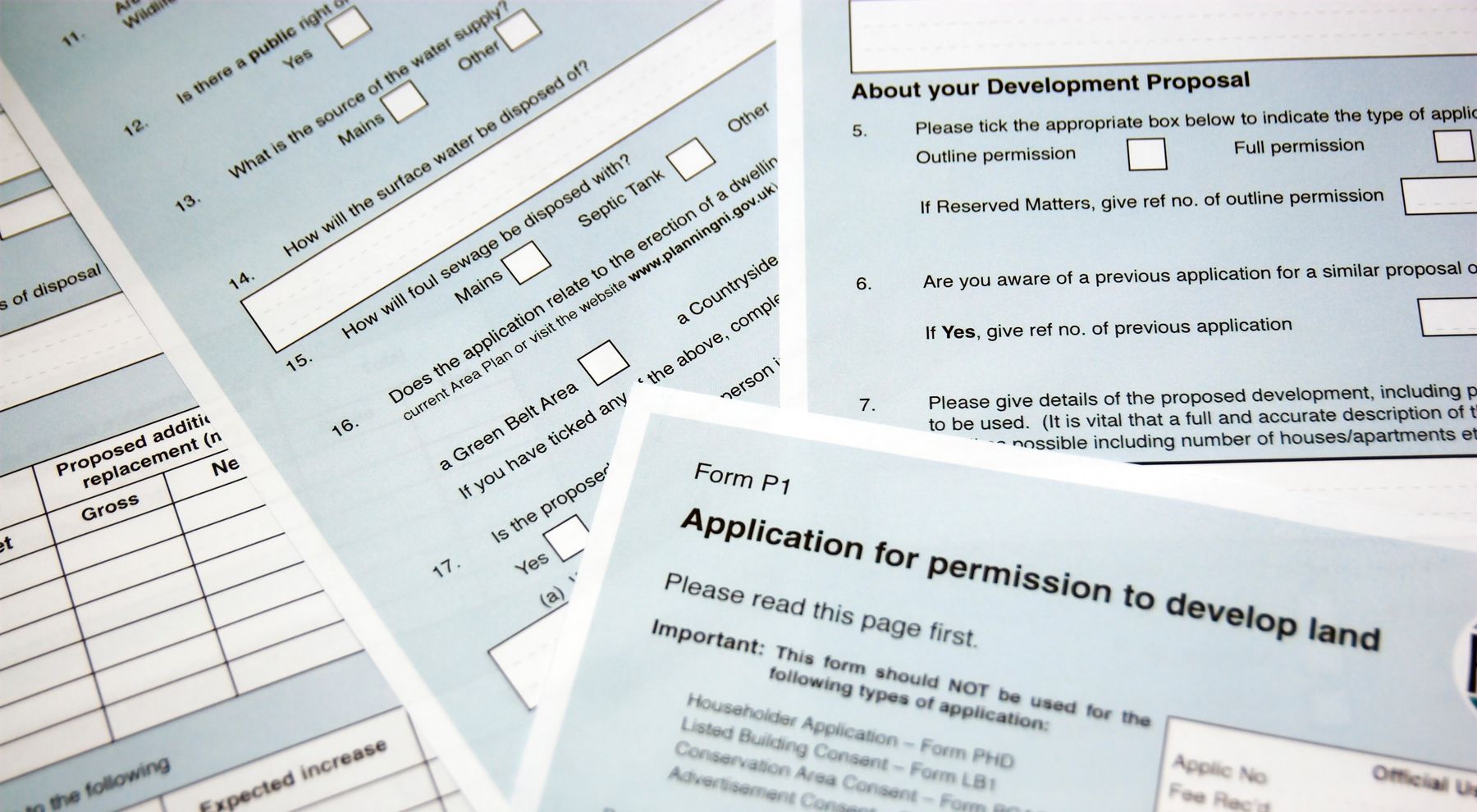A Guide To Dilapidation Services For Landlords and Tenants

A landlord has a responsibility to work alongside their tenants to make sure a property is well maintained, and a tenant has a legal obligation to actively cooperate with their landlord. When a tenant takes a commercial lease, there is obligations for repairs and maintenance (known as dilapidations) during their time living in the property.
The term ‘dilapidations’ references breaches of lease covenants in relation to the condition of a property during the term of tenancy or when the tenancy ends. This guide will provide information for tenants and landlords on factors to consider when dealing with a dilapidation claim made by a landlord during or near the end of a tenancy. Regardless of whether you are a tenant or landlord, using a chartered surveyor when going through the process of a dilapidation service is going to prove invaluable.
Terminology to familiarise yourself with:
The following terms are frequently used when dealing with dilapidation services so it's certainly worth familiarising yourself with them, as this will help support your understanding and make the process much easier.
● A schedule of dilapidation - the document created by a landlord (or surveyor) listing the outstanding reinstatement or repairs estimating the costs involved.
● A quantified demand - a document that sets out details of allegation. It’s prepared for or on behalf of the landlord and issued at the end of the lease including what the landlord considers to be a breach of the initial contract.
● A response - this is the reply from the tenant to the landlord in regards to the previous two points mentioned.
● A scott schedule - an extended version of the schedule of dilapidations.
● The dilapidation protocol - documentation put in place by the Ministry of justice clarifying the courts expectations of the landlord and tenant lease-end dilapidations.
Before signing a lease familiarise yourself with the terms above - this is to ensure you have an understanding of what you’re going into. During the lease, factor in the potential for future dilapidation implications prior to signing anything so you can consider budgeting for this. Towards the end of the lease be aware of any dilapidation work you have committed to completing. This can be a tricky assessment to make so its advisable to seek the assistance of a chartered surveyor. Your landlord may give you a notice to reinstate any alterations you’ve made.
As previously mentioned, you will need to provide your tenants with a due notice so they can reinstate any alterations made to the property. You should then issue a schedule of dilapidations and a quantified demand within 56 days towards the end of the lease term. While preparing this document - your surveyor will use an industry standard form to issue to them. The tenant will have 56 days to issue a response.
Simon Levy Associates are a professional body of Chartered Building Surveyors with a wealth of experience in this field. Whether you’re a landlord or a tenant and require assistance in any kind of dilapidation services, get in touch today or visit the website to find out more.










